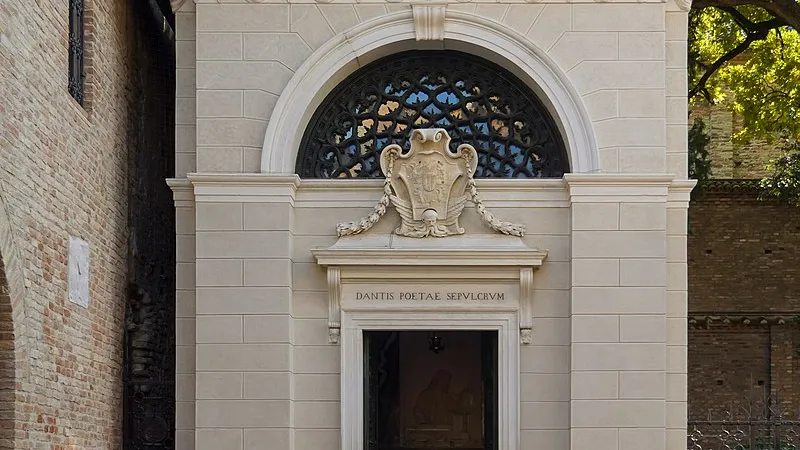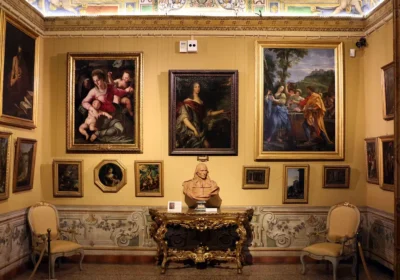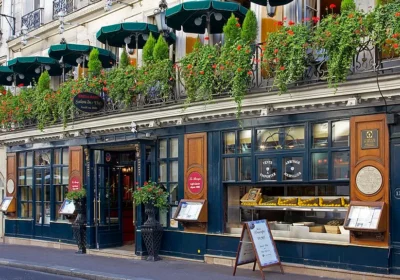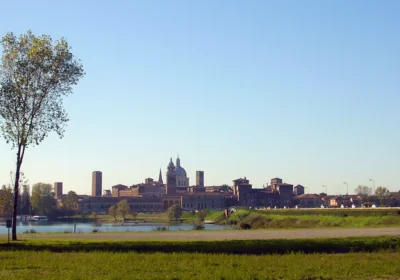Overview Tour marvellous Ravenna.
Of all the precious “pearls” of Emilia-Romania, none sparkles brighter than Ravenna and its early Christian and Byzantine mosaics. In his “Divine Comedy” Dante, who is buried here, called them “a symphony of colour”. Ravenna has a charming small-town atmosphere, and it is hard to believe that from 402 to 476, before the fall of the Roman Empire, Ravenna was its capital. The old town is predominantly a pedestrianised area, with cafes and bars on every corner and secluded corners of small hidden alleys.
The Basilica of San Vitale is home to some of Italy’s most famous mosaics. Those interested in historical figures can walk to see Dante’s tomb.
Eight of Ravenna’s early Christian monuments are UNESCO World Heritage Sites.
Ravenna was an unremarkable province until 402, when Emperor Flavius Honorius Augustus decided to move its capital from Milan. The choice fell on this city not by chance: the emperor believed that Ravenna is well enough fortified from the invasions of barbarians and invaders. It should be said that he was wrong: in 476 the city was already captured by the Ostgoths. However, this had little effect on Ravenna’s life – it remained one of the most colourful and beautiful cities on the Adriatic coast, much of the credit for which should be attributed to Theodoric the Great.
Ravenna is a very interesting city, rich in monuments of early Christian and Byzantine architecture, including: Mausoleum of Galla Placidia (440 AD); Mausoleum of Galla Placidia (440 AD); Mausoleum of Galla Placidia (440 AD); Mausoleum of Galla Placidia (440 AD); Mausoleum of Galla Placidia (440 AD); and Mausoleum of Galla Placidia (440 AD).);
The mid-5th-century Orthodox and Arian baptistery;
The early-6th-century churches of Sant’Apollinare Nuovo and San Vitale;
Dante’s tomb;
Beside the city walls, the Basilica of Sant’Apollinare in Classe (549), with its marvellous garden and garden, is of interest.
The Mausoleum of Theodoric (520), the austere tomb of the Ostrogoth king, is at the far end of the city, behind the railway tracks. It is surrounded by a park where, despite the mausoleum’s sombreness, picnics are often held in summer
In 1996 the historic centre of Ravenna was placed under UNESCO protection
The most remarkable and fantastic Byzantine-style mosaics are in Theodoric’s palace and the Mausoleum of Galla Placidia;
The 18th-century Cathedral of the Holy Spirit (on the ancient foundations of the early 5th-century Ursian Basilica);
The 15th-century Venetian fortress of Brancaleone;
The Franciscan Church of San Francesco, where the poet Dante, who died in Ravenna, was buried.

















